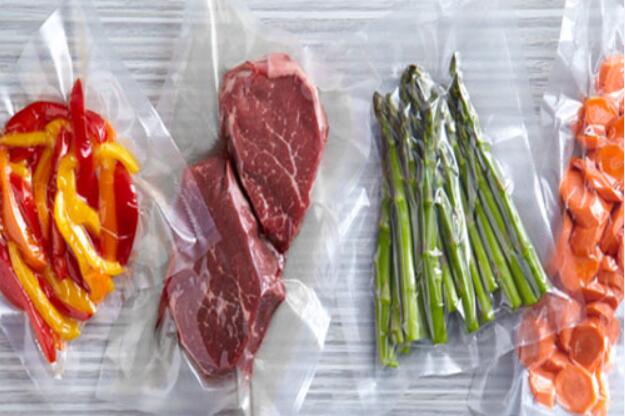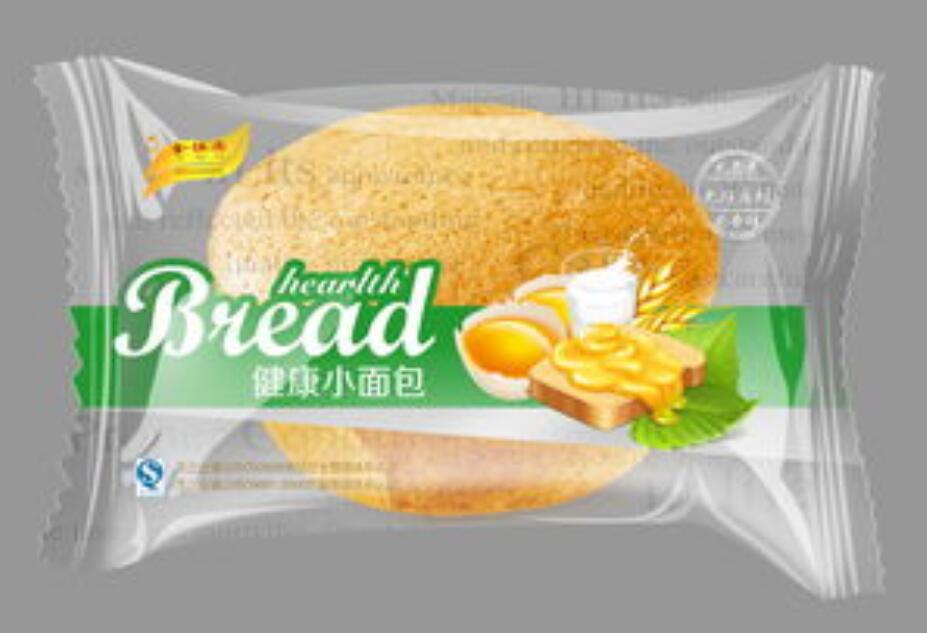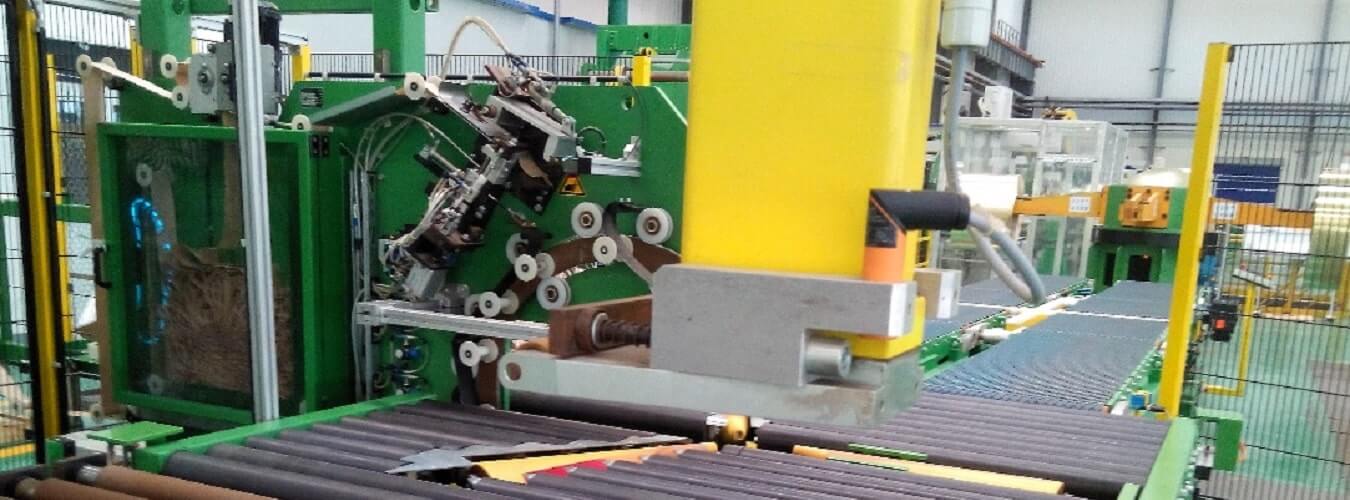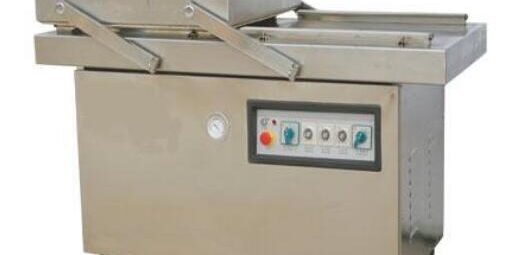There are vacuum packaging and inflatable packaging, but both packaging method requires the machine to do vacuum process. So, what’s the difference between these two ways of packaging?
The main function of vacuum packaging machine is to remove oxygen to help prevent food from deteriorating. The survival of microorganisms (such as mold and yeast) requires oxygen, and vacuum packaging uses this principle to remove the oxygen in the packaging bag, so that microorganisms lose their living environment. Experiments have proved that: when the oxygen concentration in the packaging bag is ≤1%, the growth and reproduction speed of microorganisms will drop sharply, and when the oxygen concentration is ≤0.5%, most microorganisms will be inhibited and stop breeding. (Note: Vacuum packaging cannot inhibit the growth of anaerobic bacteria and food deterioration and discoloration caused by enzyme reactions, so it needs to be combined with other auxiliary methods, such as refrigeration, quick freezing, dehydration, high temperature sterilization, radiation sterilization, microwave sterilization, salt pickled etc.)

In addition to inhibiting the growth and reproduction of microorganisms, vacuum deoxygenation has another important function to prevent food oxidation. Because oily foods contain a large amount of unsaturated fatty acids, they are oxidized by oxygen, making food taste and deterioration. In addition, oxidation also makes food lose vitamins A and C, the unstable substances in the food coloring are affected by oxygen, making the color darker. Therefore, oxygen removal can effectively prevent food from spoiling.
Inflatable packaging not only has the functions of oxygen preservation and quality preservation of vacuum packaging, but also has the functions of anti-pressure, air-blocking and fresh-keeping, which can more effectively keep the original color, fragrance, taste, shape and nutritional value.

In addition, there are many foods that are not suitable for vacuum packaging but must be packed with oxygen free package. Such as crispy and fragile food, food that is easy to agglomerate, food that is easy to deform, food with sharp edges or high hardness that will puncture the packaging bag, etc. After the food is vacuum-packed, the inflation pressure inside the packaging bag is stronger than the atmospheric pressure outside the packaging bag, which can effectively prevent the food from being crushed and deformed under pressure without affecting the appearance and printing decoration of the packaging bag.
Inflatable packaging is filled with a single gas such as nitrogen, carbon dioxide, oxygen or a mixture of two or three gases after being vacuumed. The nitrogen gas is an inert gas, which acts as a filling to maintain a positive pressure inside the bag to prevent the air outside the bag from entering the bag and protect the food. Nitrogen dioxide could be melt easily into the fats or water, and the light carbonic acid brought up by this melting restrains some microbials like mold and putrefactive bacteria. Its oxygen can inhibit the growth and reproduction of anaerobic bacteria, keep fruits and vegetables fresh and colorful, and high concentration of oxygen can keep fresh meat bright and red.

